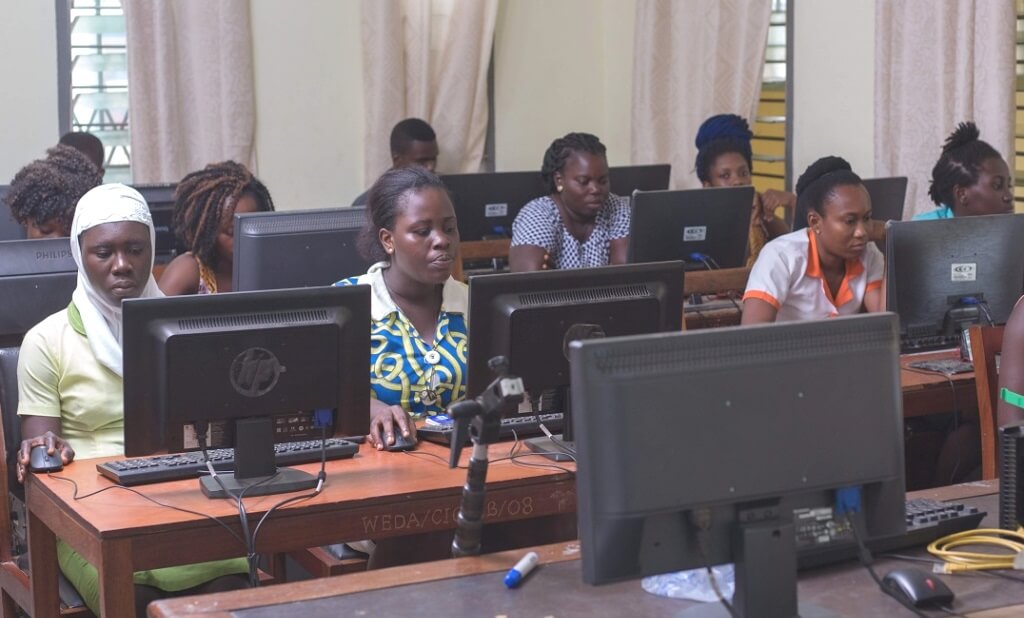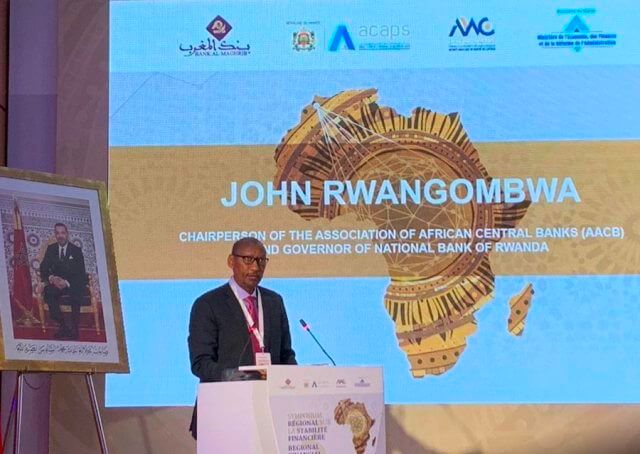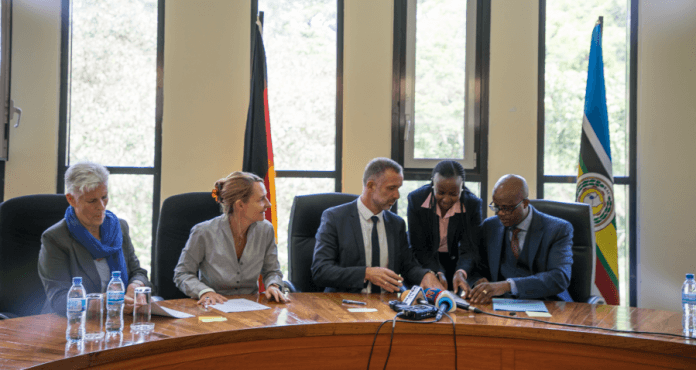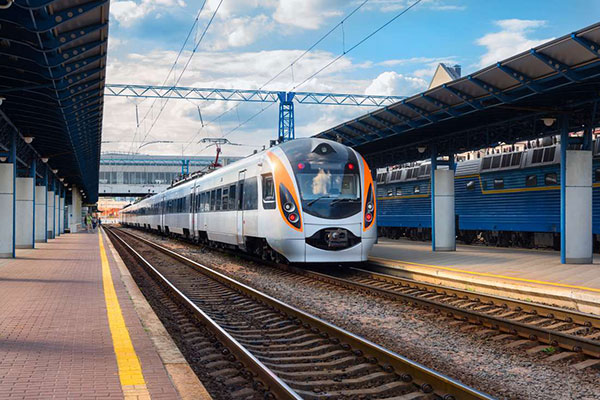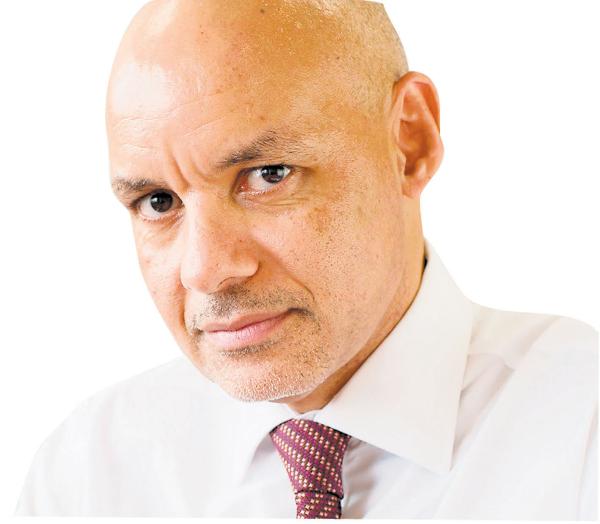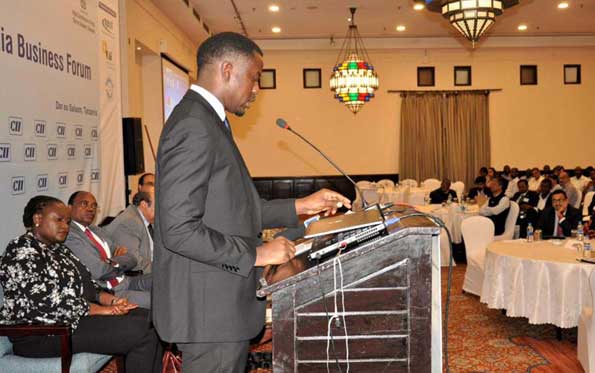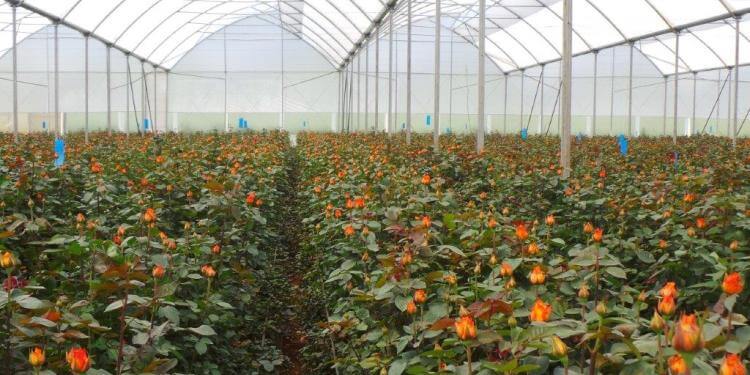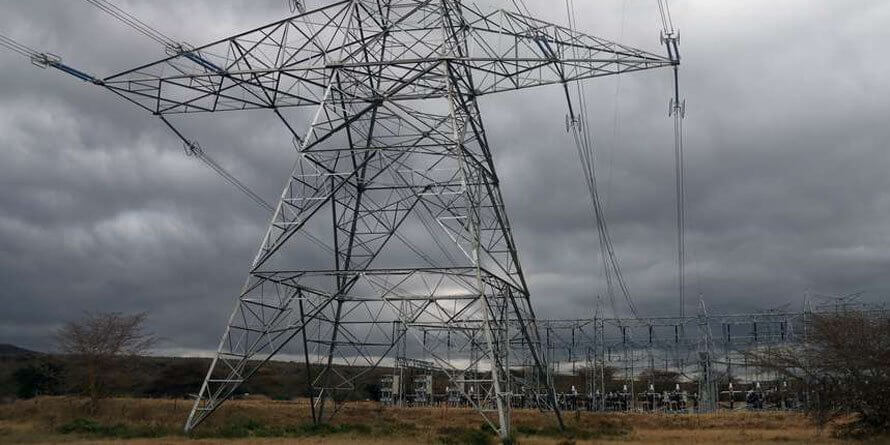EAST African businesswomen are calling for the establishment of a digital economy to facilitate women doing business in the region. The women who met here last week under the auspices of the East African Women in Business Platform (EAWiBP) observed that they still lacked skills of doing business using digital economy. They also decried the lack of regional accreditation for Women in business and the lack trust when doing online business among business women. “We are calling the six partner states to establish a digital platform for showcasing products and services to boost regional trade and develop an EAC business accreditation policy,” outlined Ms Nancy Gitonga, the platform’s regional coordinator while delivering the recommendations from women in business focal points from the six partner states at a consultative workshop on mainstreaming gender-related challenges in the EAC regional agenda. The East African businesswomen opined that creating a database for the service providers as business centre will help them access business services across EAC partner states. They also rooted for the formulation of a creative technological based service platform for linking farmers and traders for enhancing trade as well as establishing women in business innovation and incubation hubs within the EAC. “There’s limited digital infrastructure that can benefit women small and medium entrepreneurs there it is equally important to have such platforms,” suggested the EAWIBP regional coordinator. EAWiBP also wants the inclusion of its members in the EAC Common External Tariff(CET) review team. Among other things, the review team will seek to...
EAC businesswomen root for digital economy to facilitate trade
Posted on: December 13, 2019
Posted on: December 13, 2019

